Choice
by Andrew Boyd
Today, we make a choice. The University of Houston presents this series about the machines that make our civilization run, and the people whose ingenuity created them.
The plot line involved June Cleaver, who was busy making raisin nut cookies for her idealized 1950s family on the TV sitcom Leave it to Beaver. Why, a visitor asked, are you making four different batches? Well, she replied, I like the cookies with raisins and nuts, Ward likes them without raisins, Wally without nuts, and Beaver likes them without anything.
Little did this congenial homemaker realize she was ahead of her time when it came to customization. Henry Ford once famously quipped that "a customer can have a car painted any color that he wants as long as it's black."
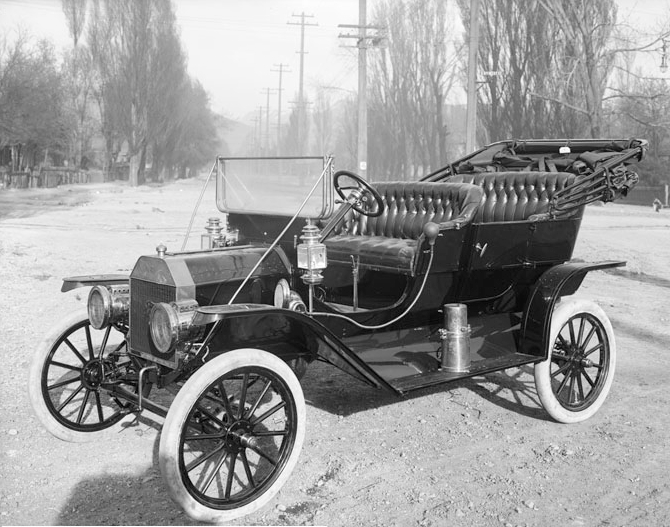
An early Ford model T. Photo Credit: Wikimedia Commons
How things have changed. On a recent visit to a sandwich shop, I was required to choose from 10 cheeses, 22 dressings, and 16 different vegetables. All of that on top of bread choice, meat choice, spices, and more as I hurriedly stood in line. An overseas visitor took a good natured swipe at the process, complaining of Americans' need to have things their way. I couldn't disagree. As far back as 1974 Burger King was telling us exactly that: to "have it your way."
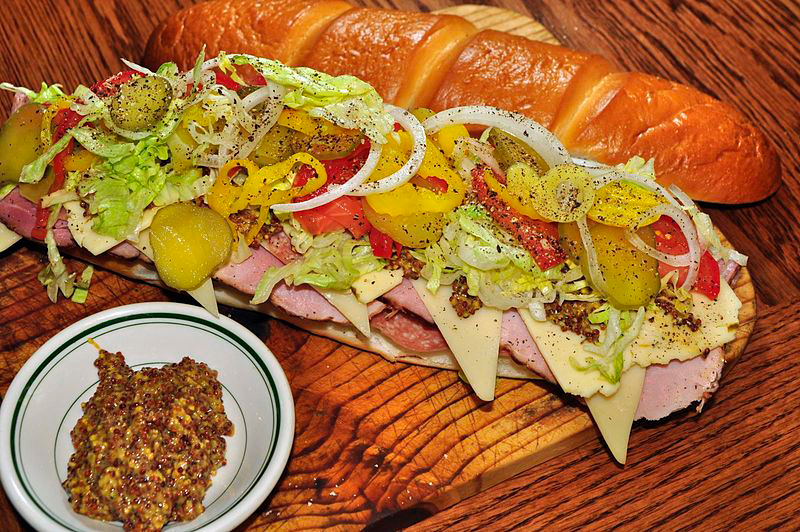
A sandwich with plenty of options. Photo Credit: Wikimedia Commons / Jeffreyw
Choice is a remarkable thing. And though at times we may feel overwhelmed, the many choices available to us spring from technology. Consider, for example, the sliced tomato that found its way onto my sandwich. Decades of research have gone into developing cultivars suitable for commercial production. Through science we understand the right nutrients for growth, and use fertilizer to supply these nutrients. Harvesting and processing are performed with the help of machines, which themselves are the result of a host of technological achievements. The machines are in turn powered by gas or electricity, both of which rely on vast networks of technological infrastructure.
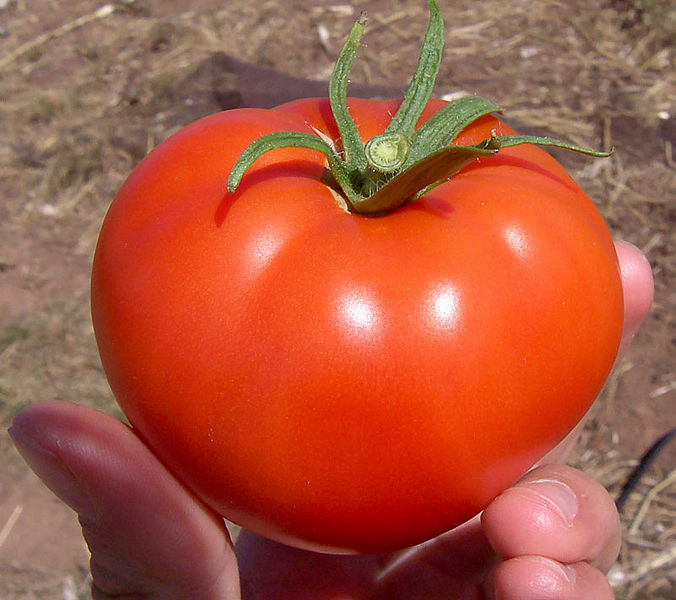
A plump juicy tomato. Photo Credit: Wikimedia Commons
Once the tomatoes are picked and packaged, they need to be sold to stores, a process facilitated with computers. Since tomatoes are perishable, everything must work in unison so the tomatoes arrive at their destination before they go bad.
And that's just where things get started. A similar story can be told of the olives, pickles, provolone, and everything else that converged at the sandwich shop on the day I wandered in.
It's so easy to take our many choices for granted. But we shouldn't. Next time you walk into a grocery store — or any other store for that matter — take the time to stop and look at what's available — all thanks to technology.
Then take a minute to ponder how fortunate we are. Just the choice of breakfast cereals we face far outnumbers the choice of foods available to most of the world. And that leaves us with yet another choice: if and how to provide more choices to those without any. Goodness knows there's work to do. But we have the technology. And we're making it better all the time.
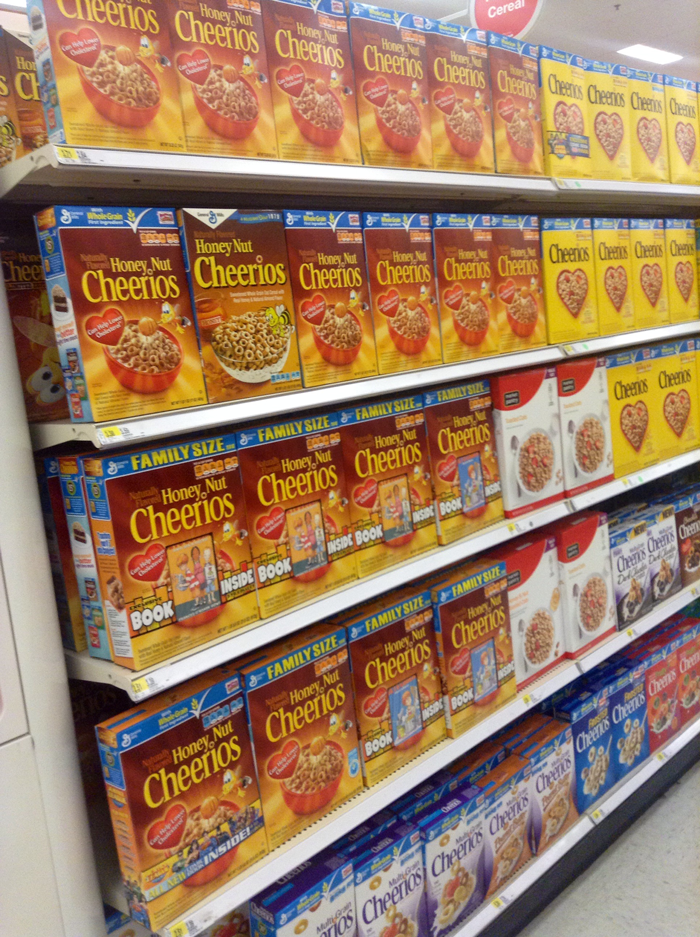
Grocery store shelves fully stocked with cereal. Photo Credit: Flickr / Mike Mozart
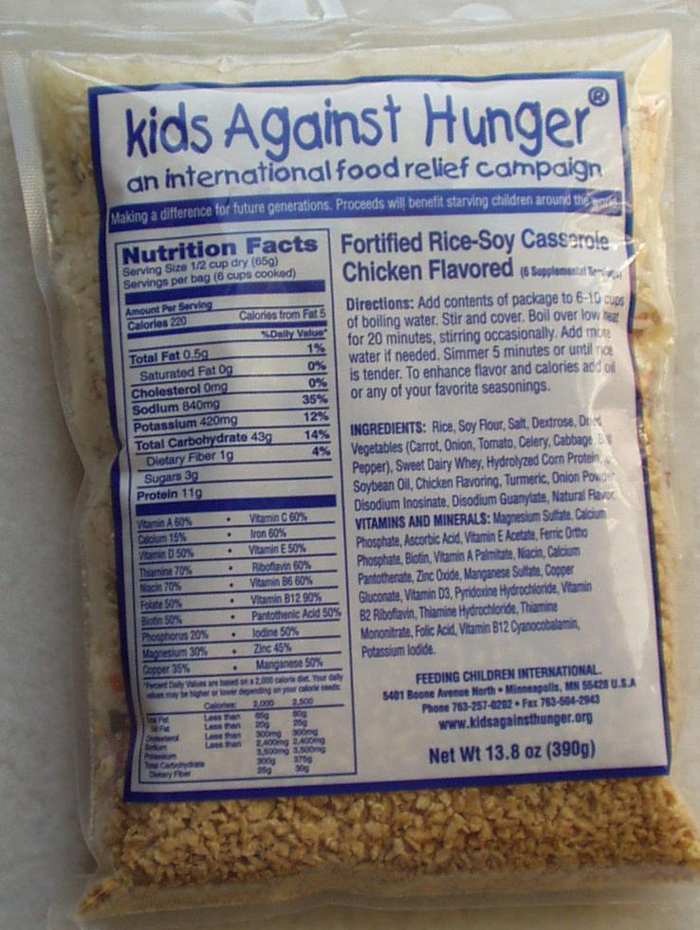
Kids Against Hunger. Photo Credit: Wikimedia Commons
I'm Andy Boyd at the University of Houston, where we're interested in the way inventive minds work.
(Theme music)
This episode was first aired on March 26, 2015